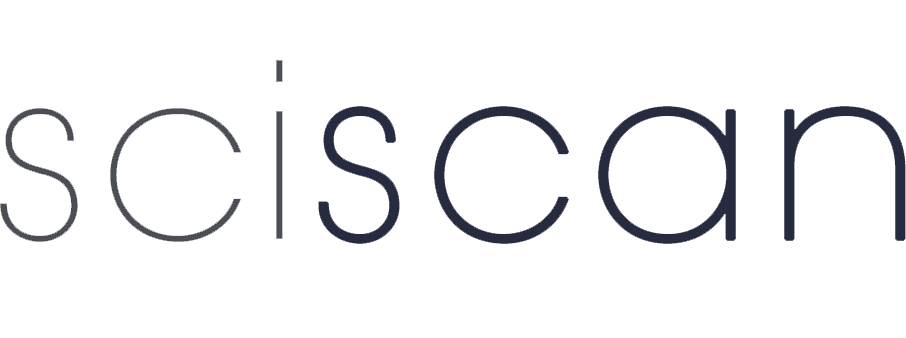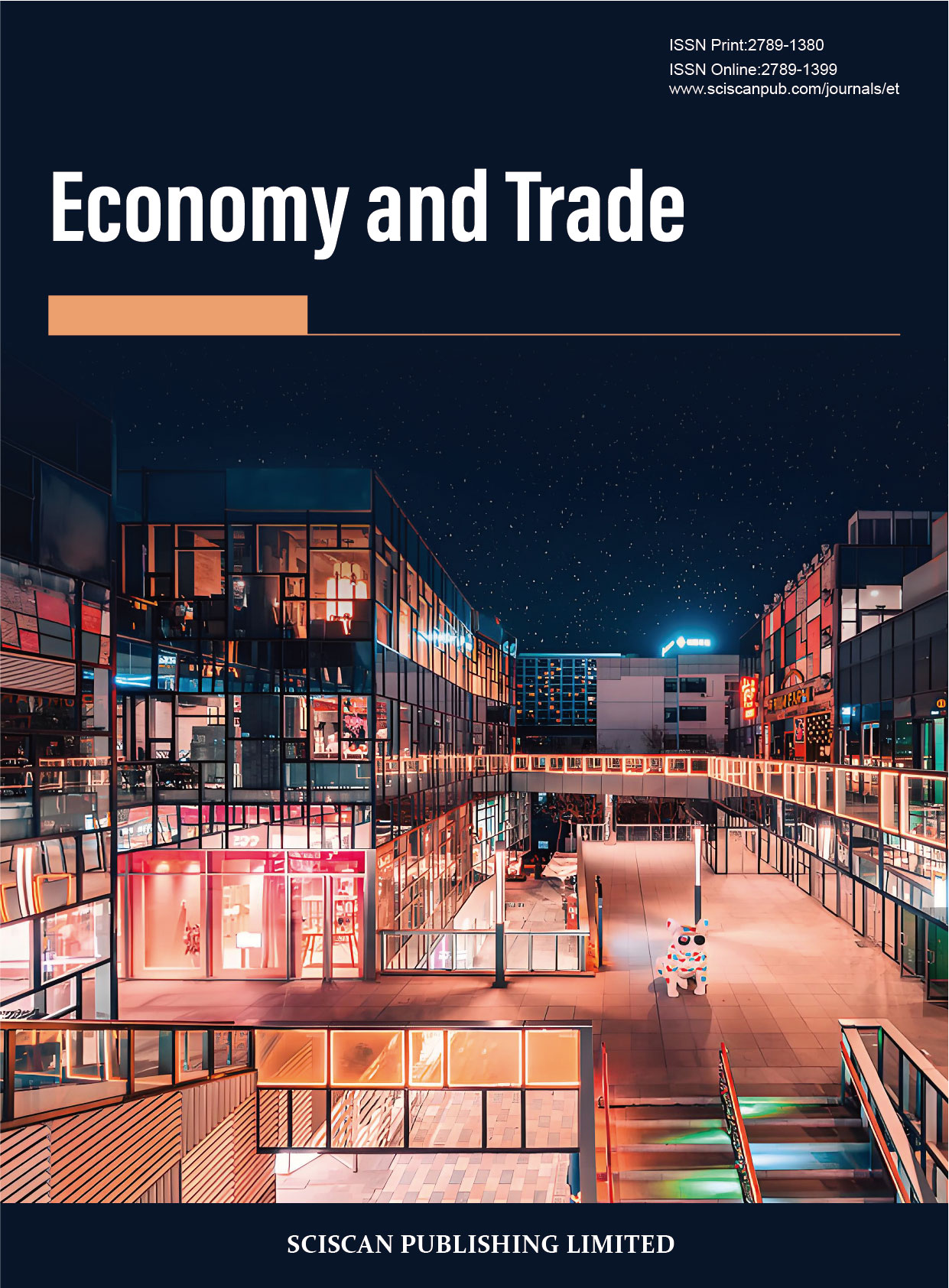Economy and Trade
1. Manuscript Format
Economy and Trade accepts only English manuscripts, which must include an English title, abstract, and keywords. Submissions should reflect new advancements, trends, and achievements in the related areas. The title should accurately reflect the content, with clear arguments, reliable evidence, accurate data, and concise, standardized language. Specific requirements are as follows:
(1) The manuscript must present original, unpublished research that does not involve any confidentiality issues. The content should be substantive and concise. Numerical data and references must be properly cited. Text, numbers, units, and symbols should comply with national standards and regulations. Titles, author names, affiliations, abstracts, keywords, and figure/table captions must be translated into English. Axes or frames in figures should be thinner than the curves, and variables and numbers in figures/tables must include units. Manuscripts already published or accepted by other formal publications will not be considered.
(2) Submissions must include a title, abstract, keywords, main text, and references. Author information (name, contact details, affiliation, and biography) should be provided on a separate page at the end. Manuscripts should include clear and accurate figures and tables.
(3) Pay attention to the abstract and introduction. The abstract should meet the journal’s requirements, with an English abstract of 250–300 words. The introduction and conclusion should highlight the focus and novelty of the research. The introduction should summarize the latest advancements in the field, with detailed citations (e.g., [1], [2], [3], [4], [5]) rather than general references (e.g., [1–5]).
(4) Use legal units, symbols, and standardized terminology.
① Headings should be numbered consecutively in Arabic numerals, with different levels separated by periods (e.g., 1, 1.1, 1.1.1). Numbers should be aligned to the left.
② Tables should have bilingual captions (e.g., “Table 1 ……”). Tables should be scientifically designed, concise, and preferably use three-line format without vertical lines. Figures should also have bilingual captions (e.g., “Figure 1 ……”), placed below the figure. Figure and table numbers should be in Arabic numerals (e.g., Table 1, Table 2; Figure 1, Figure 2). Labels within figures should be placed above the caption.
③ Citations should be consistent throughout the text, using square brackets at the end of the cited sentence (e.g., “…pattern [3]”). Headings should not include citations.
(5) References should include at least 10 sources. To reflect the latest research, recent articles (within the last 5 years) are recommended. References should be listed in the order of citation. For up to three authors, list all names; for more than three, list the first three followed by “et al.” Examples:
(1) Author. Title[J]. Journal Name, Year, Volume(Issue): Start Page–End Page.
(2) Author. Book Title[M]. Place: Publisher, Year: Page.
(3) Author. Title[C]//Editor (optional). Conference Proceedings. Place: Publisher, Year: Start Page–End Page.
(6) Authors should register and submit manuscripts via the online submission system at https://www.sciscanpub.com/journals/et. Submissions must be in WORD or PDF format, following the journal’s template. For accepted manuscripts, authors must revise based on reviewers’ comments and resubmit the revised version.
(7) Accepted manuscripts will be prioritized for publication after editing. Authors should promptly review proofs and submit final revisions. Publication will be scheduled based on the return time and content of the revised manuscript.
2. Research and Publication Ethics
For studies involving humans or animals, authors must declare that the research was approved by an ethics committee. The ethics statement should include the project identification code, approval date, and the name of the ethics committee. The journal reserves the right to reject submissions that do not meet these requirements.
Example ethics statement: “All participants provided informed consent before participating. The study was conducted in accordance with the Declaration of Helsinki and approved by the XXX Ethics Committee (Project ID).”
For manuscripts containing case details, personal information, or patient images, authors must obtain signed informed consent from patients (or their guardians). Patient details should be anonymized (e.g., avoid mentioning specific age, ethnicity, or occupation unrelated to the conclusions).
The journal strictly opposes academic misconduct, including plagiarism, fabrication, falsification, and duplicate submission. Authors must ensure originality and avoid submitting to multiple journals simultaneously. Authors are solely responsible for disputes arising from misconduct or copyright issues.
3. Review Process
3.1 Preliminary Review
All submissions are checked by an editor to ensure compliance with journal requirements and ethics policies. Manuscripts failing to meet these standards will not proceed to peer review. Those requiring revisions will be returned to authors.
3.2 Peer Review
Manuscripts passing preliminary review are sent to at least two experts for single-blind peer review (reviewers know authors’ identities, but authors do not know reviewers’ identities). Reviewers must not have collaborated with the authors in the past five years or share the same institution. The review period is 15 days.
3.3 Review Decision and Revision
All published papers undergo peer review with at least two reviews. Decisions (accept, revise, or reject) are made by the editorial board based on reviewers’ feedback. Authors may appeal decisions by providing detailed responses to reviewers’ comments. The editorial board’s decision is final.
3.4 Publication
Accepted manuscripts undergo language polishing, formatting, and proofreading before publication on the journal’s website.
4. Authorship and Changes
Authors must have made substantial contributions to the manuscript (e.g., data analysis, writing, or revising). All authors must approve the manuscript and its revisions. Changes to authorship require written consent from all authors and a valid reason. Changes after publication may incur fees.
The corresponding author is responsible for communication with the journal and ensuring all authors are informed of major decisions.
5. Retraction Policy
The journal may retract articles in cases of unreliable conclusions, duplicate publication, plagiarism, or unethical research. Retraction methods include withdrawal, correction, or expression of concern, aimed at ensuring accuracy rather than punishing authors. Retraction requests based solely on authorship disputes will not be considered without valid evidence.












